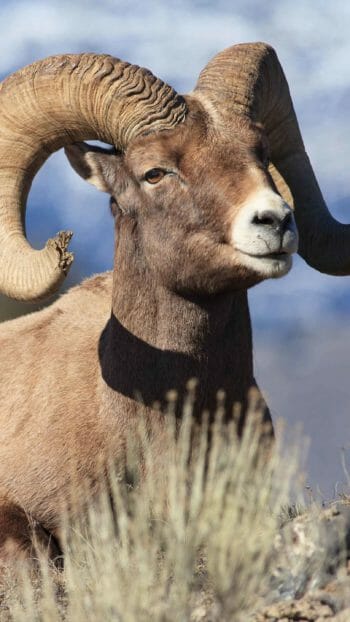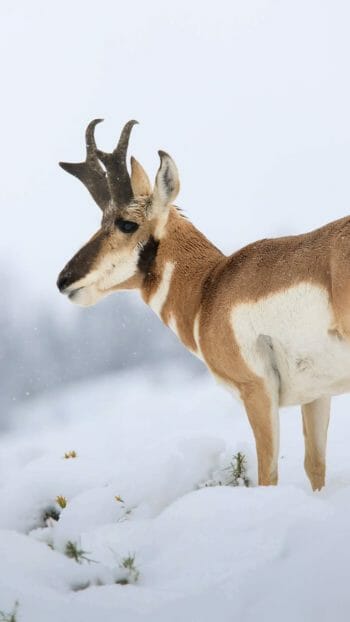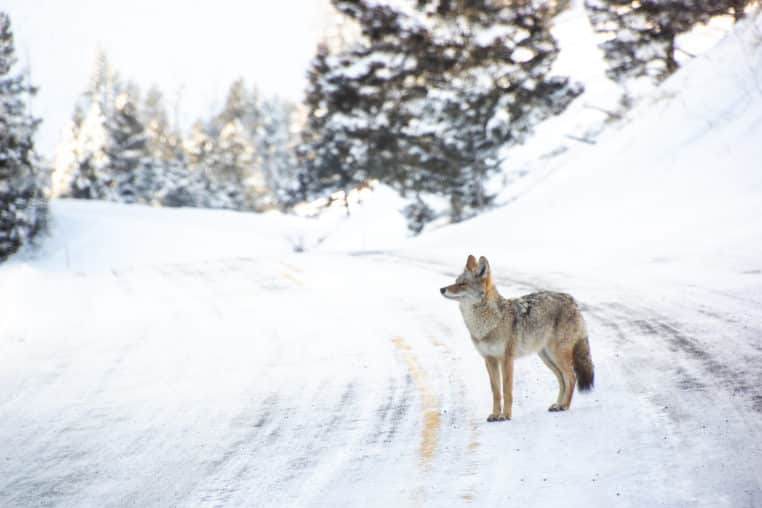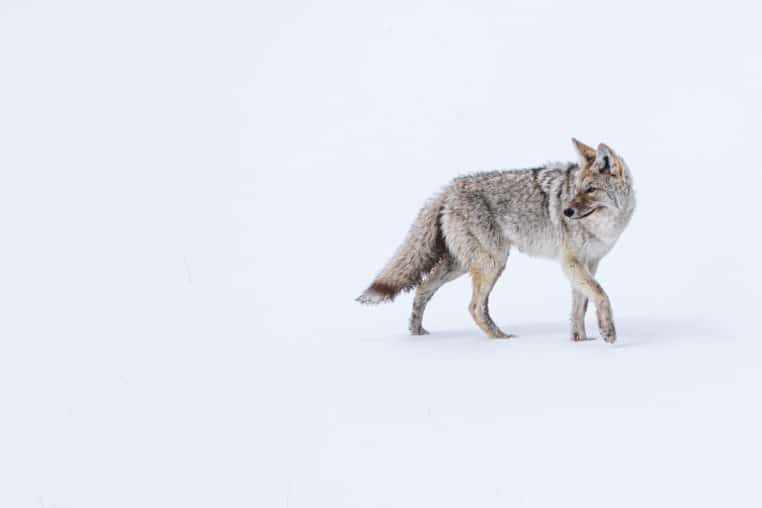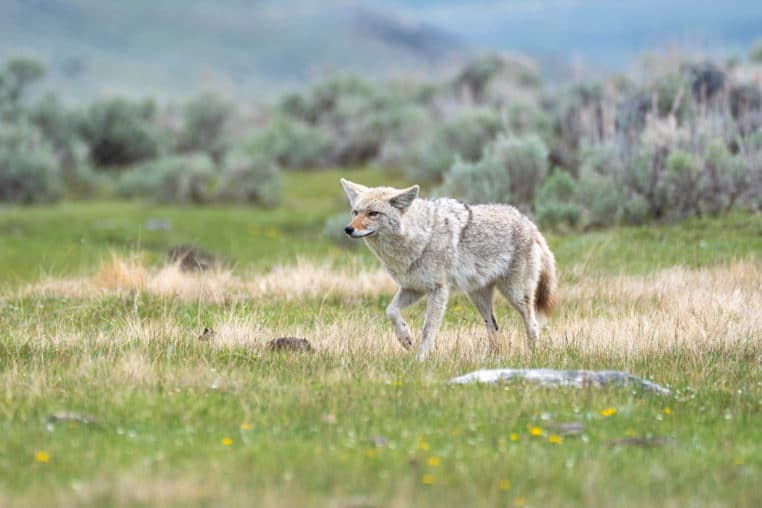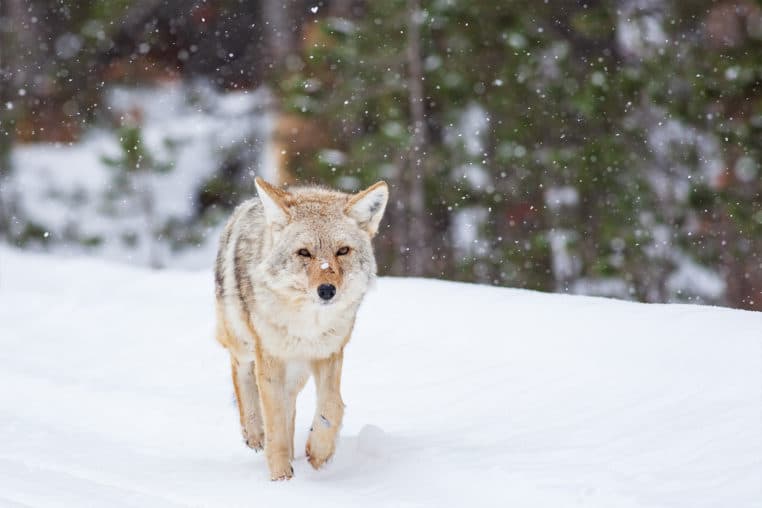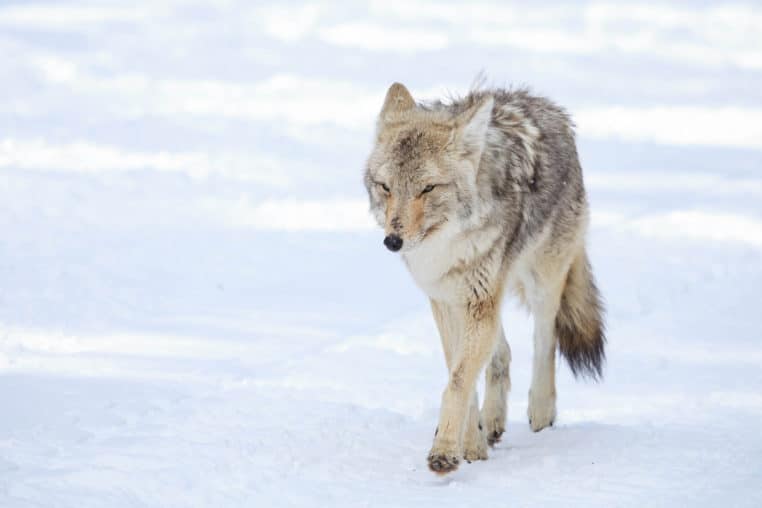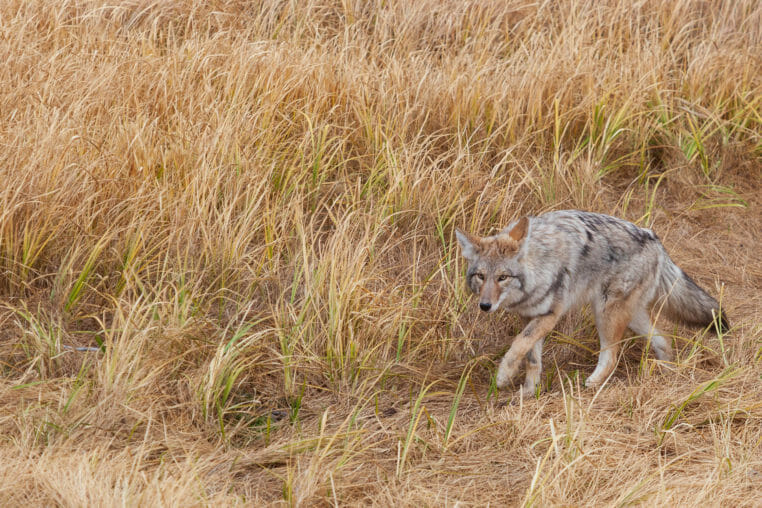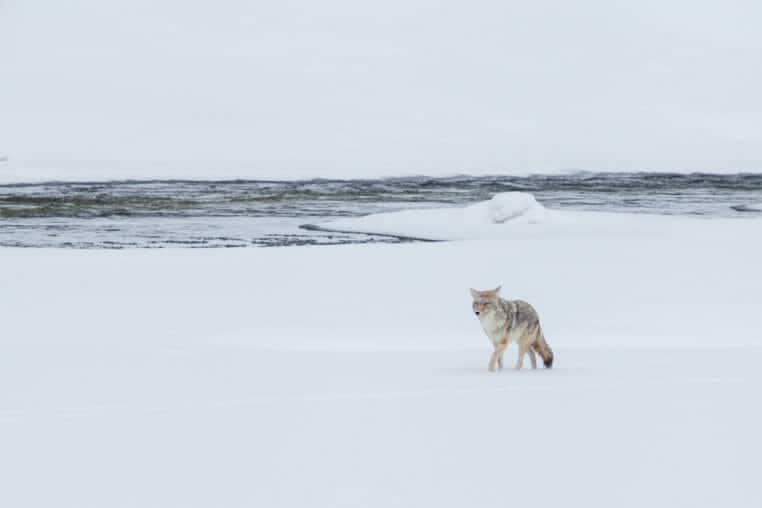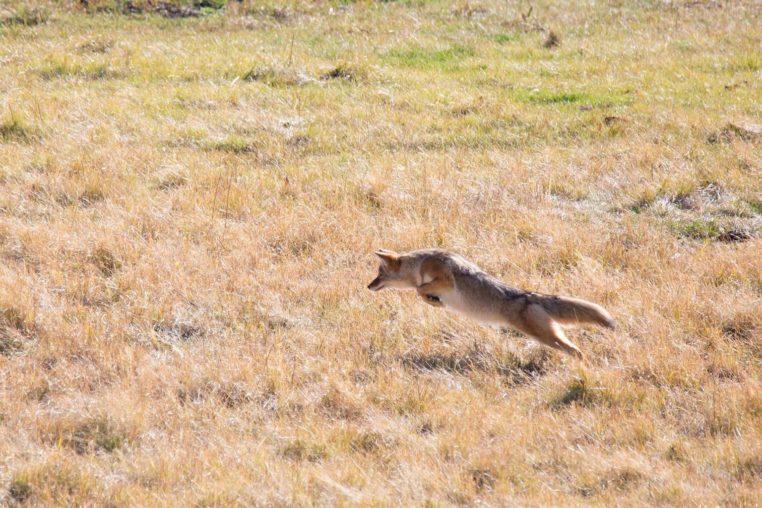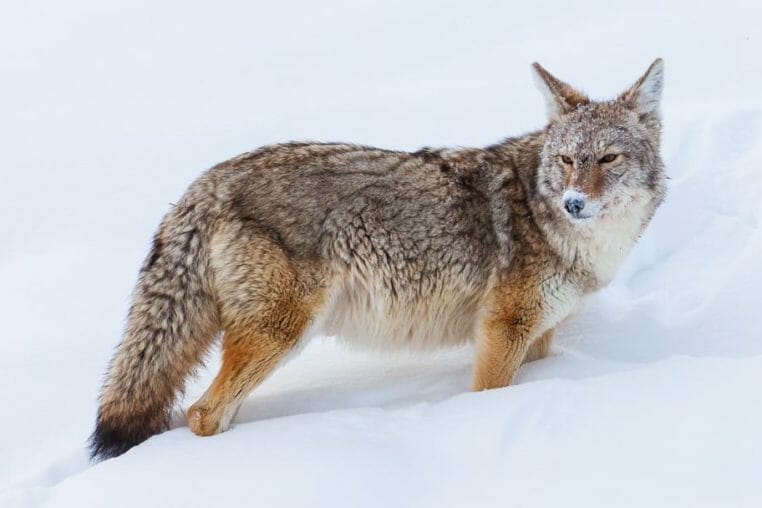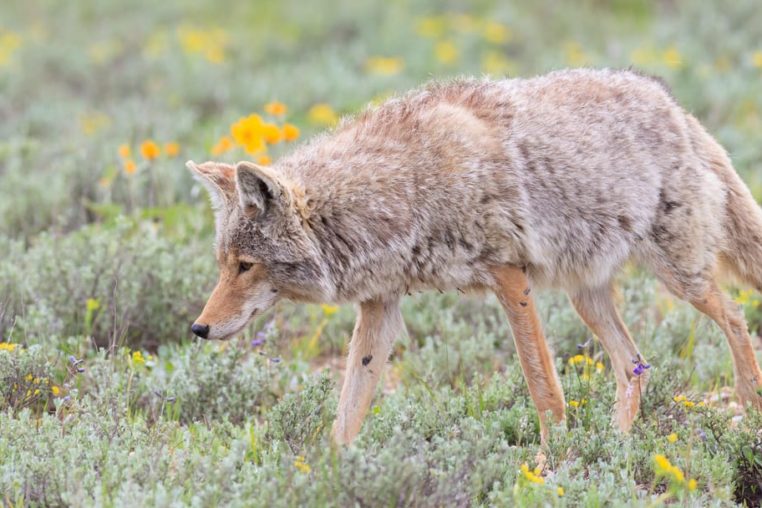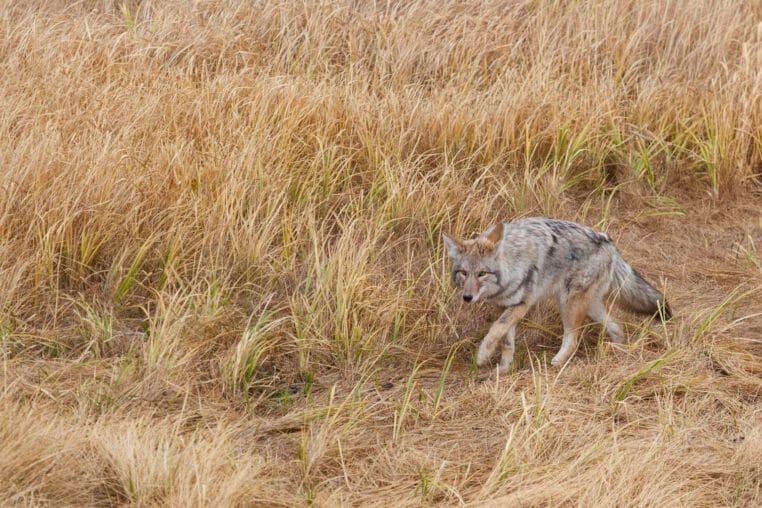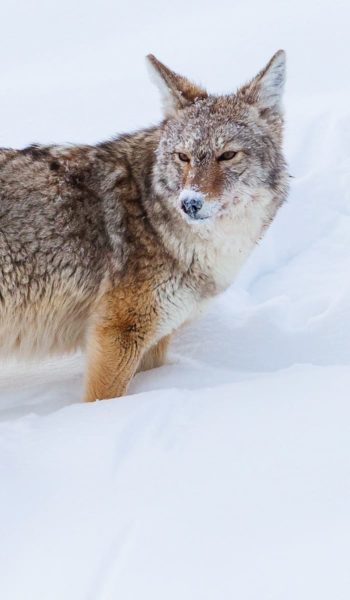
Canis latrans
Coyotes are highly adaptable canids found throughout the Greater Yellowstone Ecosystem. They play a vital role as mid-level predators, helping control rodent and small mammal populations. Often confused for wolves, they do share many similarities, particularly in their social and family structures. The coyote is a symbol of resilience and survival, navigating natures trials and tribulations with great skill.
Wildlife Viewing
- Yellowstone
Book Online
Watch For Wildlife On These Tours
About
Appearance and Behavior
Though often mistaken for wolves, coyotes are smaller—averaging 30 pounds and standing under two feet tall. They have large ears, slender snouts, and a more delicate frame. Coyotes are frequently seen alone, hunting in meadows or trotting across open ground.
Survivors Everywhere
Coyotes are among the most adaptable carnivores in the world, thriving in deserts, forests, grasslands, and even major cities. They are monogamous, forming lifelong pair bonds, and often raise litters together. Young males typically disperse at around nine months, while females may stay with their mothers.
Role in the Food Web
As mesocarnivores, coyotes primarily hunt rodents, rabbits, and small mammals, but they will also eat insects, berries, and carrion. They compete with and are limited by larger predators like wolves and bears. By controlling populations of smaller animals, coyotes support biodiversity in the ecosystem.
Best Times to Spot Coyotes
Coyotes are most active at dawn and dusk. They are often seen mousing in open fields, listening intently and leaping high into the air to pounce on hidden rodents. This behavior is a delight to watch and one of the classic Yellowstone wildlife encounters.
FAQs
How can you tell the difference between a coyote and a wolf?
Coyotes are much smaller than wolves, averaging about 30 pounds and standing under two feet tall. They have slender snouts, larger ears in proportion to their heads, and a more delicate build. Wolves are heavier, taller, and more robust, with broader snouts and smaller, rounded ears.
What do coyotes eat in Yellowstone?
Coyotes are opportunistic omnivores. Their diet includes rodents, rabbits, and small mammals, but they also eat insects, berries, and carrion. By controlling small animal populations, they play an important role in maintaining ecological balance in the Greater Yellowstone Ecosystem.
When is the best time to see coyotes in Yellowstone?
Coyotes are most active at dawn and dusk. Visitors often spot them trotting across meadows or engaged in “mousing,” a hunting technique where they leap high into the air to pounce on rodents hidden beneath the snow or grass.
Are coyotes social animals?
Yes, coyotes are monogamous and typically form lifelong pair bonds. Mated pairs often raise litters together, with pups learning survival skills before dispersing. While young males usually leave at around nine months, females may stay with their mothers, creating small family groups.
Where can coyotes be found outside Yellowstone?
Coyotes are among the most adaptable carnivores in the world, thriving in deserts, forests, grasslands, and even urban environments. Beyond Yellowstone, they can be found across North America, including major cities where they have learned to live alongside humans.
Further Reading
Yellowstone National Park Animals
Apr 8, 2023
Yellowstone National Park wildlife is world-renowned. There are few places in the world where you can watch grizzly bears forage with their cubs or a gray wolf pack hunting a herd of elk. You may have heard of “The Big Five,” which includes the lion, elephant, buffalo, leopard, and rhinoceros. Yellowstone has its own Big Five: the gray wolf, bison, bear, elk, and moose…
Lamar Valley Yellowstone: A Wildlife Watcher’s Paradise
Aug 12, 202
Tucked into the northeastern corner of Yellowstone National Park lies one of the most wildlife-rich landscapes in North America—Lamar Valley. Often called “America’s Serengeti”, this expansive valley is celebrated for its sweeping views, abundant animal sightings, and exceptional opportunities for nature photography…

